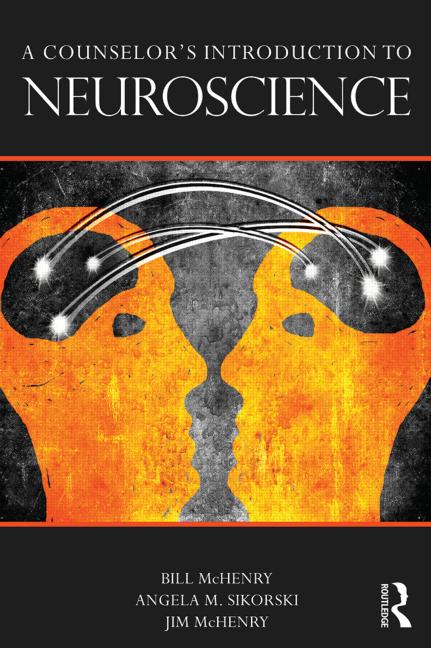 In A Counselor’s Introduction to Neuroscience, the authors claim that “neurocounseling” is the fifth force in the history of psychology and counseling. Although a precise and detailed definition of neurocounseling is elusive (both in this book and in the professional literature), it is described as the marriage of counseling and neurobiology. They offer a crash course in brain anatomy, function and development in order to lay the groundwork for how neurocounseling can be used effectively with clients. Several chapters focus on the ways the brain is affected by certain mental disorders, and how specific counseling approaches address various brain regions and functions. The remainder of the book focuses on assessment of brain function and fictional cases to illustrate neurocounseling techniques. The chapters include numerous tables, figures, cases and opportunities to stop and reflect. The overall intent of the book is to arm counselors “with yet another highly effective and efficient way to help clients cope with (overcome, etc.) their personal psychological distress.”
In A Counselor’s Introduction to Neuroscience, the authors claim that “neurocounseling” is the fifth force in the history of psychology and counseling. Although a precise and detailed definition of neurocounseling is elusive (both in this book and in the professional literature), it is described as the marriage of counseling and neurobiology. They offer a crash course in brain anatomy, function and development in order to lay the groundwork for how neurocounseling can be used effectively with clients. Several chapters focus on the ways the brain is affected by certain mental disorders, and how specific counseling approaches address various brain regions and functions. The remainder of the book focuses on assessment of brain function and fictional cases to illustrate neurocounseling techniques. The chapters include numerous tables, figures, cases and opportunities to stop and reflect. The overall intent of the book is to arm counselors “with yet another highly effective and efficient way to help clients cope with (overcome, etc.) their personal psychological distress.”
Although the authors are clearly enamored with the interaction between neurobiology and counseling, they purposefully offer honest words of caution regarding the nascent and speculative nature of contemporary brain science. However, on occasion, they also make promising statements without citing scientific evidence and generalize results from animal studies (including rodents) to humans without offering their reasoning for doing so. As with any other resource, practitioners are responsible for weighing information and evaluating whether it is accurate and whether it will be helpful in their work. It is important to note that this book bills itself as an “introduction”—readers should not expect concrete or realistic examples of how professional counselors can use their new neuroscience knowledge to understand and enhance client functioning.
A Counselor’s Introduction to Neuroscience will help counselors begin to grapple with the implications of neuroscience for our profession. Although the neuroscience knowledge base that the authors provide is a good start, scientific rigor in terms of concrete application would be useful. Years from now, neurocounseling may well be a new force in counseling, but presenting it to the counseling community as an effective and efficient way to help clients today is premature. In the end, it is best to consider this book as a reasonable beginning and food for thought rather than a how-to guide for counselors seeking neurocounseling training. Hopefully in the ensuing years, there will be clearer guidance available to help professional counselors integrate neuroscience into their practice.
Reviewed by: Tara Smart and John Sommers-Flanagan, University of Montana.
McHenry, B., Sikorski, A. M., & McHenry, J. (2014). A counselor’s introduction to neuroscience. New York, NY: Routledge.
Available at http://www.routledge.com/books/details/9780415662284/
